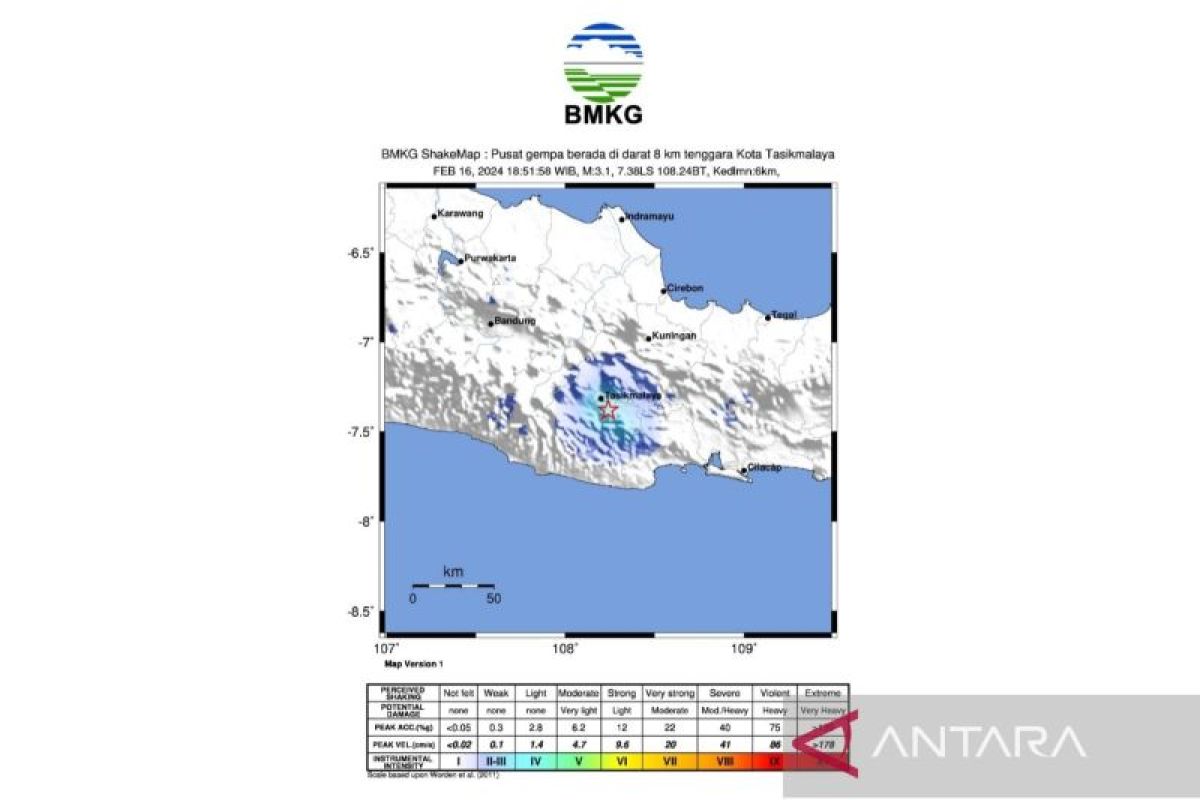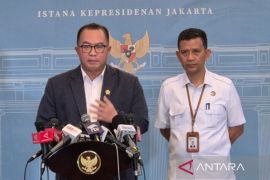BRIN head Laksana Tri Handoko said here on Tuesday that faults in Java are the focus of the agency's expedition because the island has the densest population compared to the other parts of Indonesia.
"Therefore, its population is very vulnerable to geological disasters," he explained.
Besides identifying faults, BRIN's expedition vessels will be deployed to map trenches, underwater mountains, and volcanoes near Java Island.
Handoko then recalled how an underwater landslide triggered tsunami waves in Banten on December 22, 2018. Such geological phenomena provide a valuable lesson in natural disaster mitigation as people earlier thought tsunamis were triggered only by earthquakes, particularly tectonic plate shifts.
Following the disaster on the coast of Banten, scientists are now conducting research to identify and map not only faults, but also underwater cliffs that have the potential to trigger tsunamis.
"It was the first time in the world that a tsunami wasn't caused by a tectonic earthquake, especially a fault shift," Handodo noted.
Related news: BRIN uses remote sensing to mitigate impact of earthquakes: Official
Related news: Mount Semeru experienced 19 earthquake eruptions: Official
Translator: Aditya Eko Sigit Wicaksono
Editor: Rahmad Nasution
Copyright © ANTARA 2024












